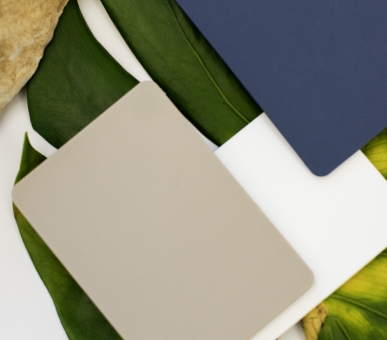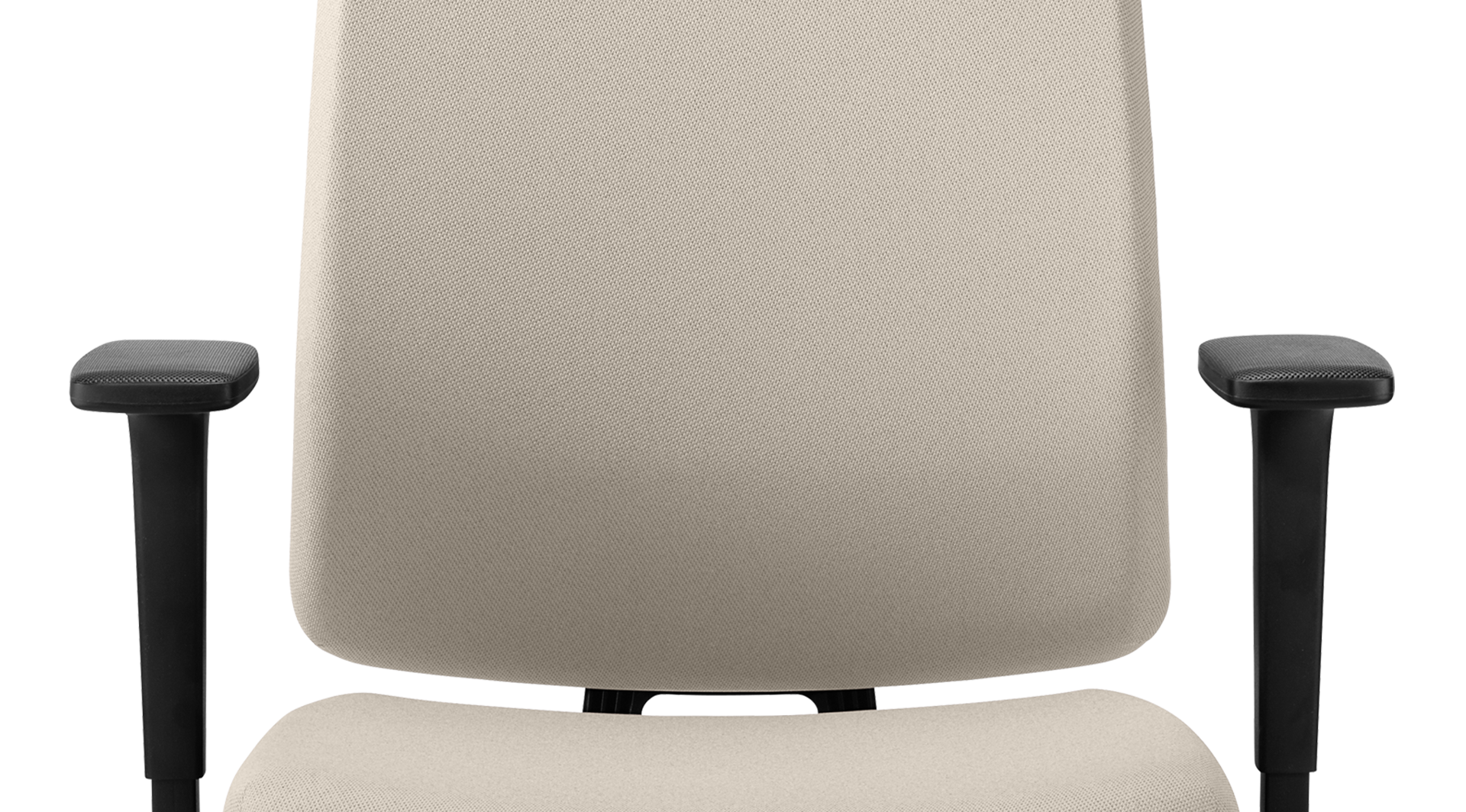Your Dauphin products accompany you day after day – which makes it all the more important to care for them so that they remain attractive and functional for a long time. With the right cleaning and care measures, upholstery fabrics, leather, wood, and plastic surfaces not only remain well maintained, but also stay attractive and durable in the long term.
We have put together some practical tips for you here so that you can enjoy your furniture for a long time to come.
Upholstery fabrics:
Marks on textile fabrics are best removed immediately after they occur. It is advisable to brush the material regularly with a soft brush or a vacuum cleaner fitted with an upholstery nozzle. In cases of more severe soiling, rub the material at once with a damp
cloth.
Stain removal:
We recommend that you use a professional upholstery cleaner for removing stains. Nevertheless, if you wish to try it yourself, you should proceed as follows. First remove the dust, then check the colourfastness and for any changes in the surface of the upholstery material at a concealed location by rubbing with a soft, white and clean cloth soaked in cleaning or stain-removing agent. Damp spots must be dabbed beforehand using an absorbent cloth or paper. Any residues should be treated later with upholstery shampoo. Rub the stain from the edge to the centre using a cloth.
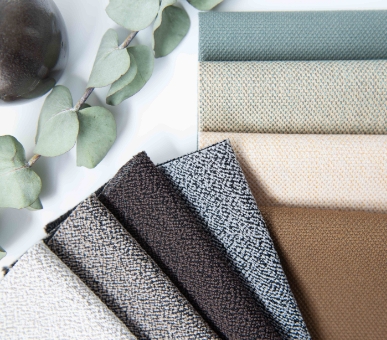
To clean imitation leather, wipe off the dirt with a damp cloth. More stubborn stains can be removed with a soft brush (wet with lukewarm soapy water). For serious levels of dirt, it is advisable to use a solution of alcohol and water mixed in a 1:1 ratio. No solvents or abrasive agents may be used for cleaning.
Disinfectants are not a substitute for cleaning. As a general rule, only standard colourless disinfectants which are listed by appropriate institutes (e.g. German Society of Hygiene and Microbiology, Association for Applied Hygiene) should be used and applied in accordance with the manufacturer‘s specifications. If required, we would be happy to send you an up-to-date list of tested cleaning products and disinfectants.
No warranty is provided in respect of resistance to disinfectants because we have no influence over the composition of the disinfectants.
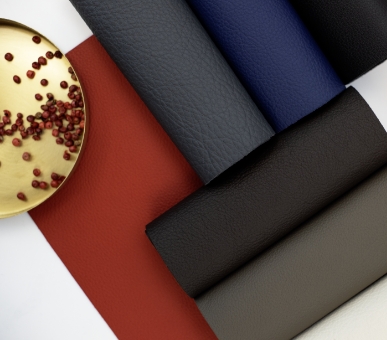
Please do not use solvents (stain removers, turpentine, white spirit), shoe cream or polishing wax on leather furniture. Aniline leather should be protected from the sun and direct light. We recommend cleaning leather furniture regularly by wiping with a soft cloth or vacuuming. Leather care products should be used occasionally in accordance with the instructions for use. It is important to avoid rubbing too firmly. In cases of more severe soiling, the colourfastness of the leather must first be tested at a concealed location. To do this, rub with a white, soft and clean cloth moistened with the appropriate cleaning agents.
If the cloth reveals colouring, the cleaning agent is unsuitable. Always follow the manufacturer’s instructions for the cleaning agents used. Heavily used areas are best cleaned with neutral soap dissolved in hand-hot water. Moisten a soft cloth with the solution and wipe the area extensively. The furniture should subsequently be treated with a leather care product and freshened up.
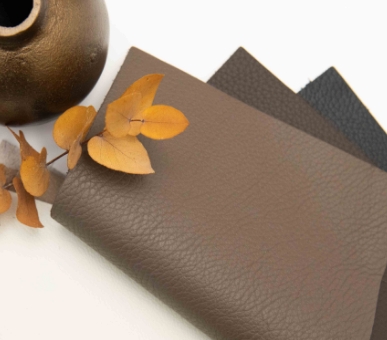
Dust can be removed using a soft cloth. In cases of heavy soiling, please wipe the area with a moistened, wrung out cloth or chamois leather and then dry it using a soft cloth. After drying in the air, the furniture should be treated with a leather care product (leather cream or foam) and freshened up. (Please only use leather care products which are suitable for Lavalina®; available on request).
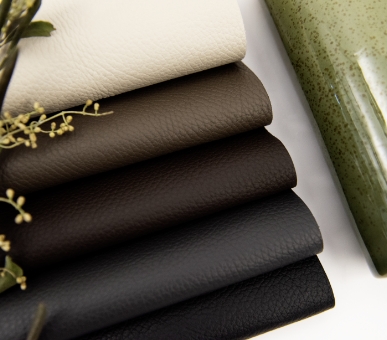
Please do not use furniture care products! These may contain silicone which makes it impossible to repair any surface damages. Dust and light dirt can be wiped off using a soft, dry cloth. In cases of heavier soiling, use a slightly moistened but not wet cloth or leather to clean the surface and then wipe it dry immediately using a soft, dry cloth.
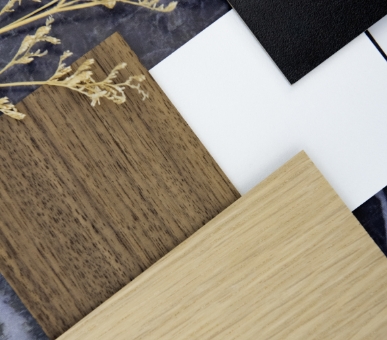
Plastic surfaces are best treated with a soft cloth and plain water. A mild soap solution can be used for stubborn stains.
